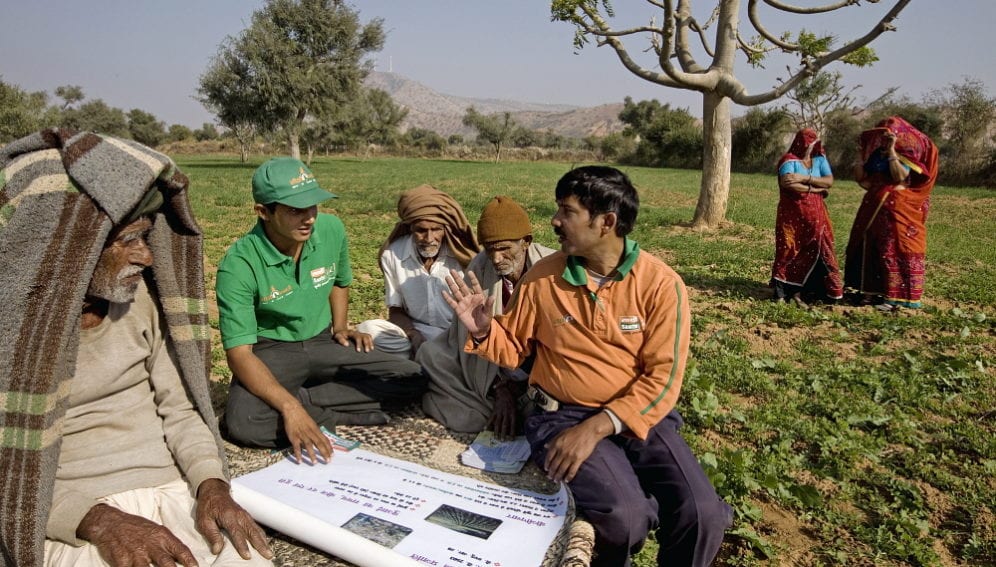By: Lisbeth Fog
Send to a friend
The details you provide on this page will not be used to send unsolicited email, and will not be sold to a 3rd party. See privacy policy.
[BOGOTÁ] As negotiators gather for the UN Climate Summit 2014 in New York tomorrow, researchers tell SciDev.Net that technology transfer for climate change adaptation in developing countries is much more successful than the predominantly pessimistic rhetoric about it would suggest.
But they caution that a recent analysis of technology transfer projects across the world shows more attention should be paid to local political and social conditions — to secure local ‘buy-in’ for an idea — when rolling out such technologies.
Researchers from the UN and the Tufts University in the United States reviewed 66 projects transferring low carbon technologies from developed to developing nations.
The selected projects were approved by UN body the Global Environmental Facility by 2011 with funding from the Special Climate Change Fund and the Least Developed Countries Fund.
“Technology transfer’ must also involve knowledge transfer: new ideas, new practices and new techniques.”
Laura Kuhl, Tufts University
The researchers wanted to find out how technology transfer occurred in those projects and what conditions were necessary for widespread adoption. To do this they reviewed the documentation for the 66 projects to identify trends in their activities. And they also selected three of the 66 projects as case studies — the ones that had been running the longest in different regions — and looked at these in detail; interviewing relevant stakeholders including academic experts, community leaders, government officials at local and national levels, NGO partners, and project beneficiaries and staff.
The research showed that a range of technologies were being transferred: from devices for monitoring glaciers in Peru, to the simple idea of replacing cattle with more drought-resistant animals — such as sheep or goats — in Ethiopia.
“This finding challenges us to think more broadly about types of technology needed to adapt to climate change,” write the researchers in a study published recently in Nature Climate Change (13 July).
The team also found that the most successful projects had clear strategies for disseminating technology among local people. For example, a project in Ethiopia used demonstration farms to show other farmers the value of drought-resistant crop varieties.
Yet this project was the only one of the three case studies to include such a strategy.
“This is one of the challenges of the term ‘technology transfer’,” says Laura Kuhl, a doctoral student at Tufts University and one of the study's authors. ‘Technology transfer’ must also involve knowledge transfer: new ideas, new practices and new techniques, she says.
Jenny Marcela Sánchez, an innovation researcher at the National University of Colombia, says technology in developing countries is generally transferred on a “turn-key” basis.
“People use it but they don’t know how it works. That knowledge is not transferred,” she tells SciDev.Net.
But she welcomes the new study, saying that tech transfer projects are rarely systematically documented.
> Link to paper in Nature Climate Change
References
Nature Climate Change doi:10.1038/nclimate2305 (2014)














